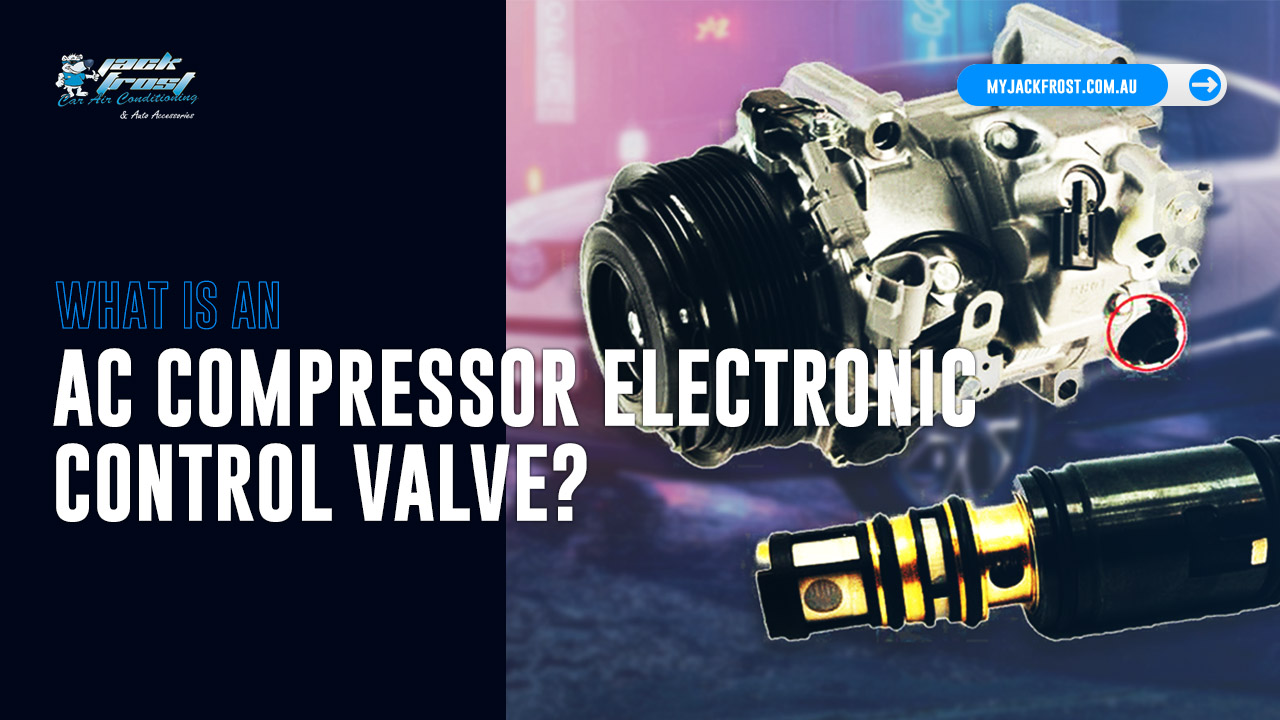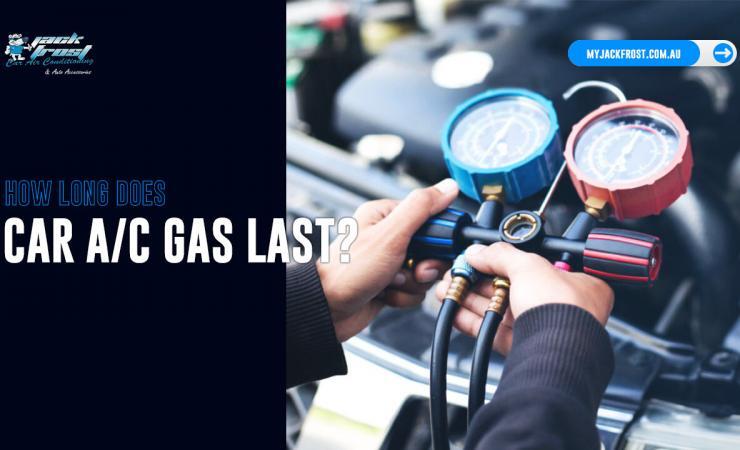What is an AC Compressor Electronic Control Valve (ECV)?
In a car’s air conditioning system, an electronic control valve (ECV) is used to control the flow of refrigerant through the system. The ECV is typically located in the compressor and is controlled by the air conditioning system’s electronic control module (ECM) or controller.
The ECM receives inputs from various sensors, such as the temperature sensors and the compressor pressure sensor, and uses this information to determine the appropriate position for the ECV.
Table of Contents
How Does the AC Compressor Electronic Control Valve Work?
When the air conditioning system is turned on, the ECM sends an electric signal to the ECV to open it, allowing refrigerant to flow into the compressor. As the refrigerant is compressed, it becomes hot and high-pressure. The hot, high-pressure refrigerant then flows through the condenser, releasing its heat and cooling down.
The cooled, high-pressure refrigerant then flows through the ECV and into the evaporator, where it expands and becomes low-pressure, absorbing heat from the cabin air in the process. Finally, the low-pressure refrigerant flows back to the compressor to begin the cycle again.
The ECV can be modulated by the ECM to control the flow of refrigerant through the system, which in turn controls the temperature of the air conditioning output. If the temperature inside the car is too hot, the ECM will open the ECV more, allowing more refrigerant to flow through the system and cool the air more effectively.
Can you replace the Electronic Control Valve If it fails?
In most cases, the electronic control valve (ECV) in a car’s air conditioning compressor can be replaced. However, it depends on the specific make and model of the vehicle, as well as the type of compressor being used. Some compressors have the ECV built into the compressor unit and cannot be replaced separately, while others have the ECV as a separate component that can be replaced.
Replacing the ECV typically requires the use of specialized tools and equipment, and should be done by a qualified technician with experience in air conditioning system repairs. The technician will first diagnose the issue with the ECV and determine that it is the root cause of the problem. Once the faulty ECV is replaced, the system will need to be evacuated, recharged with refrigerant and tested to ensure proper operation before putting the vehicle back on the road.
It’s worth noting that depending on the age and condition of the vehicle, sometimes it may be more cost-effective to replace the entire air conditioning compressor unit, rather than just the ECV.
How to diagnose a faulty AC Compressor Electronic Control Valve
Diagnosing a fault in the electronic control valve (ECV) of a car’s air conditioning system can involve several steps. Here are some common methods used to diagnose a faulty ECV:
- Visual Inspection: The first step is to visually inspect the ECV for any obvious signs of damage or wear, such as cracked or broken housing, or loose or corroded electrical connections.
- System Pressure Test: A pressure test of the air conditioning system can be performed to check for proper refrigerant pressure, which can indicate if the ECV is functioning properly.
- Electrical Test: An electrical test can be performed to check the continuity and resistance of the ECV, which can indicate if there is a problem with the valve or the electrical circuit.
- Scanning the vehicle’s computer: Some ECV are controlled by the vehicle’s computer, in this case a diagnostic scan tool can be used to check for trouble codes or sensor readings that indicate a problem with the ECV.
- Evacuating and recharging the system: If the issue is not clear yet, a technician can evacuate the system, and then recharge it with refrigerant to see if the system is functioning properly.
It’s important to keep in mind that diagnosing a faulty ECV can be complex, and it’s always recommended to have a qualified technician with experience in air conditioning system repairs to diagnose and repair any issues with the ECV.
How much does it cost to replace the AC Compressor ECV?
The cost to replace the electronic control valve (ECV) in a car’s air conditioning compressor can vary depending on several factors, including the make and model of the vehicle, the type of compressor being used, and the location of the repair.
On average, the cost to replace an ECV can range from $200 to $600, but it can be more or less depending on the specific vehicle and the labour costs in your area. The cost of the replacement part itself can also vary, with some ECVs costing more than others.
In addition, depending on the vehicle and the type of compressor, some ECVs are not sold separately and you would have to replace the entire compressor unit that includes the ECV.
Conclusion
Replacing an electronic control valve in a car’s air conditioning compressor can be expensive and the cost will vary depending on the make and model of the vehicle, the type of compressor being used, and the location of repair. It is important to factor in all these variables when considering any kind of ECV replacement, as well as looking for discounts.
It’s recommended to obtain quotes from reputable car air conditioning specialists like Jack Frost or dealerships in your area to get an idea of the cost. It’s also a good idea to ask if they are using OEM (original equipment manufacturer) parts, which are made by the same manufacturer as the original part, or aftermarket parts which can cost less but quality may vary.
Additionally, Keep in mind that replacing the ECV is just one step in repairing an air conditioning system, and there may be other issues that need to be addressed such as leaks, worn-out compressor or other components, so the total cost of the repair may be higher.




